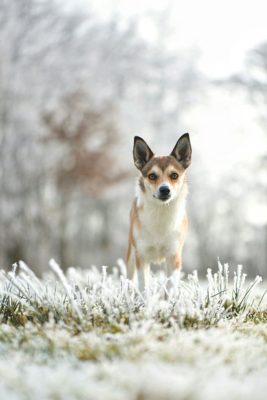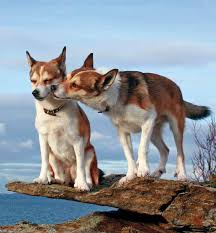Norwegian Lundehund
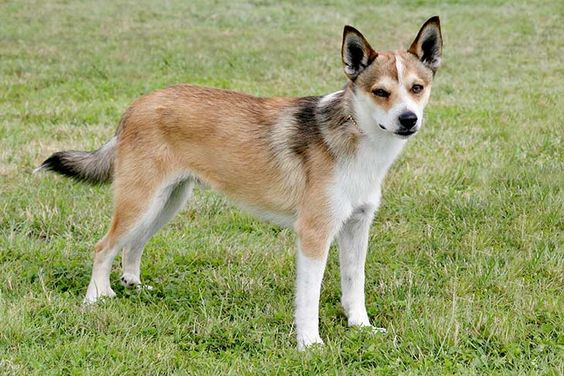
The Norwegian Lundehund is a friendly and playful, sensitive, and affectionate dog. Independent yet obedient, it guards its family and its territory. Vigilance, caution, and suspicion help the dog always stay alert and inform its owner of danger with a loud bark. Very well relates to children, loves to play with them, poses no danger to little ones.
Table of Contents
Breed Information
| Another Name | Norsk Lundehund, Norwegian Puffin Dog |
| Origin | Norway |
| Height | Males 33-38 cm Females 30-36 cm |
| Weight | 6-9 kg |
| Fur | Medium |
| Color | Black, white, sable white, gray, yellow, red |
| Lifespan | 12-14 years |
| FCI Classification | Spitz and primitive types |
| Group | Hunting dogs |
| Price | From $400 |
Breed Photos
Origin History
A native of Norway, the Lundehund is considered one of the rarest and very ancient breeds globally. It got its peculiar name due to its purpose (lunde – dead end and hund – dog). There is a legend that the deadbeat husky’s ancestors are not the ancient dwarf gray elk dogs but Canis ferus, a mystically extinct species of dog.
This breed’s primary specialty is the catching of tupiks, small birds that inhabit the shores of the Arctic and Atlantic Oceans. Hunting unusual and valuable birds is an important part of the culture for the Nordic peoples. This tradition has remained in the distant past; the Lunde is listed in the Red Book as a species on the verge of extinction. In the twenty-first century, the Lundehund is only hunted as a companion.
Appearance
The unique anatomical structure allows the Norwegian husky to climb caves, rocks, and mountains with ease. The Norwegian Lundehund is quite small, with a maximum height at withers of only 38 centimeters and an average weight of only six kilograms. Its paws can be freely compared to those of a cat, with six toes on each paw.
Movable joints and amazing flexibility of the whole body allow the dog to turn his head 180 degrees and touch his back with the tip of his nose. The structure of the ear pads allows you to cover them from water and dirt at any time.
The Norwegian Lundehund can spread its front paws out to the sides just as a human does. The coat is thick, stiff, and dense, with a reliable undercoat that will protect against Norway’s strong northern winds.
Character
The Norwegian Lundehund is a friendly and playful, sensitive, and affectionate dog. Independent yet obedient, it guards its family and its territory. Vigilance, caution, and suspicion help the dog always stay alert and inform its owner of danger with a loud bark.
Very well relates to children, loves to play with them, poses no danger to little ones. They can get along with other dogs and cats, but not with birds, their instinct to hunt can work, and you’ll never see your beloved parrot again. They are a cheerful and affectionate breed, and these dogs make great companions.
Care
The Norwegian Lundehund is an active dog, loves long walks and outdoor games. For a full life, a small dog needs a lot of free space for itself. The house is more suitable for keeping than an apartment. Free walking without a collar and leash will make the Norwegian Lundehund a perfectly happy dog. The owner need not fear for the guests; the Norwegian Lundehund is completely devoid of aggression.
Hair is capable of self-cleaning, but in the spring, you should help your dog get rid of it every day during the molting season. Bathe only if necessary.
Training
The Norwegian Lundehund is difficult to train, as it is used to life according to the pack laws. Only an authoritative person they are ready to obey and obey.
The main thing is to teach your puppy the rules of behavior on the leash, not to let him ahead of you, and not to let him feel like he’s in charge of your duo. It is not recommended for beginner dog owners to breed. A quick run with obstacles the Lundehund will love; he’ll tell you a canine “thank you” for a purpose in life.
Common Diseases
Norwegian Lundehunds have a hardy body, a persistent immunity. But this breed is characterized by a rather severe disease, which is called Lundehund Syndrome. It is a specific digestive problem, the treatment of which can be quite expensive.
It would help if you kept a close eye on their nutrition and weight not to miss the first signs of illness. The Lundehund is not susceptible to other diseases, but you should still protect it and vaccinate it against dangerous infections.
Nutrition
For the digestive organs of the Lundehund to work like clockwork, the diet must be balanced, with sufficient proteins, fats, carbohydrates, minerals, and vitamins. Lean meat is the primary source of protein, which should make up most of the dog’s diet. It should be cut into pieces; meat in minced meat and milk is not digested in the animal’s body.
 Burgos Pointer
Burgos Pointer Majorca Shepherd Dog
Majorca Shepherd Dog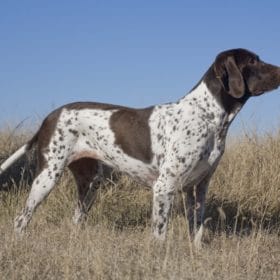 Old Danish Pointer
Old Danish Pointer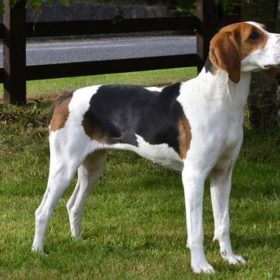 Treeing Walker Coonhound
Treeing Walker Coonhound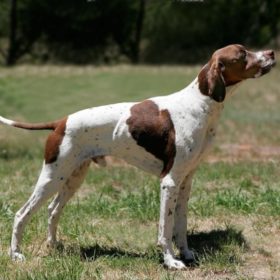 Pointer
Pointer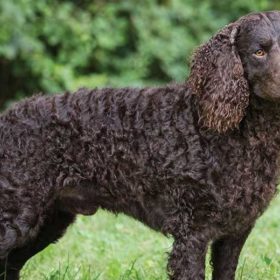 American Water Spaniel
American Water Spaniel